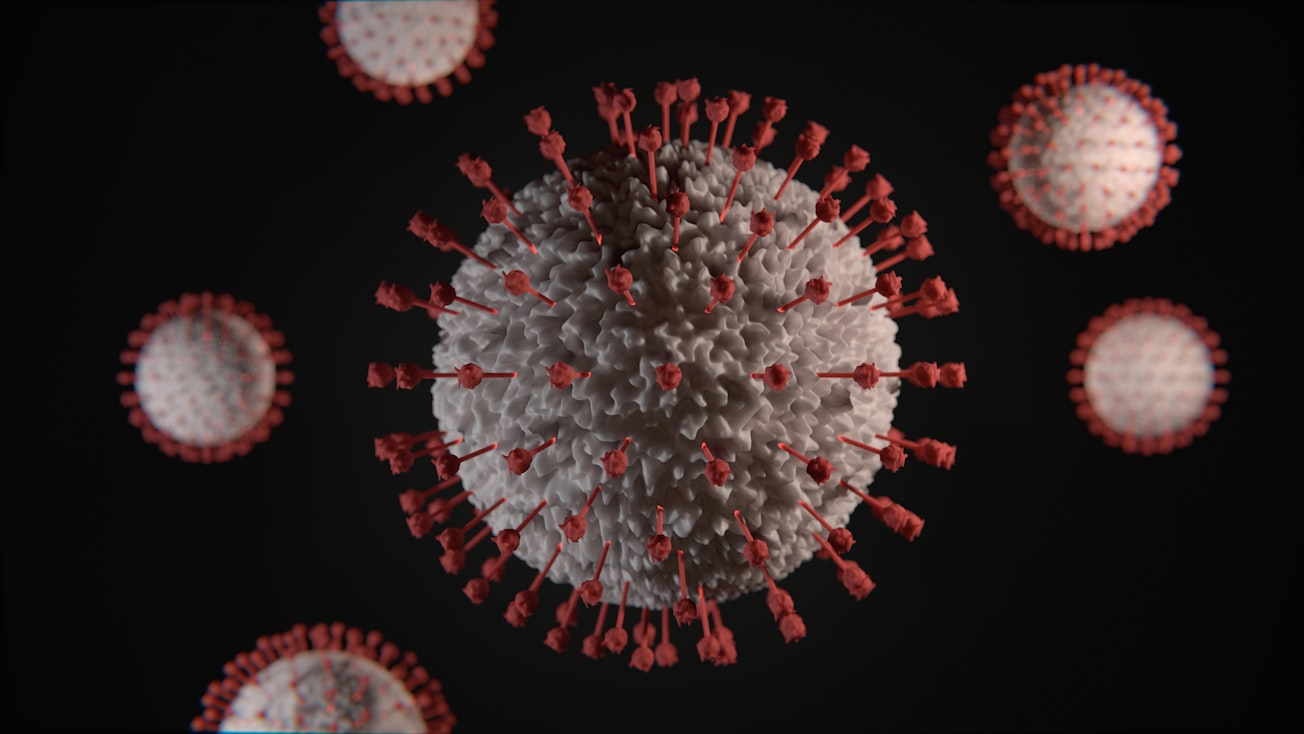What is it about?
The novel coronavirus (which causes COVID-19) has infected more than one million people worldwide since 2019. One way to develop an effective therapy against COVID-19 is targeting the proteins of the virus. However, the novel coronavirus has a very limited number of proteins. Moreover, the virus has the ability to grow resistance to certain drugs. Luckily, there is another way: the virus depends entirely on the cellular processes of the host it infects to make copies of itself. This means that we can stop the stop the virus from spreading by targeting the host instead of the virus. It also has the advantage of lower side effects and more possible therapies. In this paper, the authors discuss the latest progress in identifying and targeting host factors to interrupt the viral infection. One promising target is the ACE2 receptor, which the virus uses to enter the host cell. The idea is to prevent the virus from binding to this receptor by binding a specific site on the ACE2 receptor. Other targets are enzymes that the virus uses to modify its proteins, and proinflammatory cytokines, which can cause organ failure in critically ill COVID-19 patients.
Featured Image

Photo by Viktor Forgacs on Unsplash
Why is it important?
The novel coronavirus can spread very fast and cause infections. Due to this, it has killed more people than other viral diseases by infecting very large number of people. Therefore, it is crucial to stop the virus from spreading. However, therapies targeting the viral proteins are not very successful. This paper shows that we can instead shift our focus to the host to stop the virus from infecting them. KEY TAKEAWAY: Targeting the host instead of the coronavirus can help develop more successful therapies with fewer side effects.
Read the Original
This page is a summary of: Targeting Crucial Host Factors of SARS-CoV-2, ACS Infectious Diseases, October 2020, American Chemical Society (ACS),
DOI: 10.1021/acsinfecdis.0c00456.
You can read the full text:
Resources
New sensor makes virus testing quicker and less invasive
Access to fast, accurate, and affordable diagnosis of COVID-19 infection is essential to contain the spread of viruses and prevent major outbreaks. A new biosensor could help reduce the seriousness of current and future viral infection outbreaks.
Rapid advances in diagnosis of COVID-19
New types of testing lend themselves better to cheap, quick, hand-held devices; smartphones are also helping to improve testing as well as things like monitoring and contact tracing.
Contributors
The following have contributed to this page







